Cards
(QUICK LINKS: Decks | plants | mammals | birds | | reptiles | fish | cephalopoda | insects | microbe | events
( scientist | project | modifier | technique |)

Northern Pike
Esox lucius

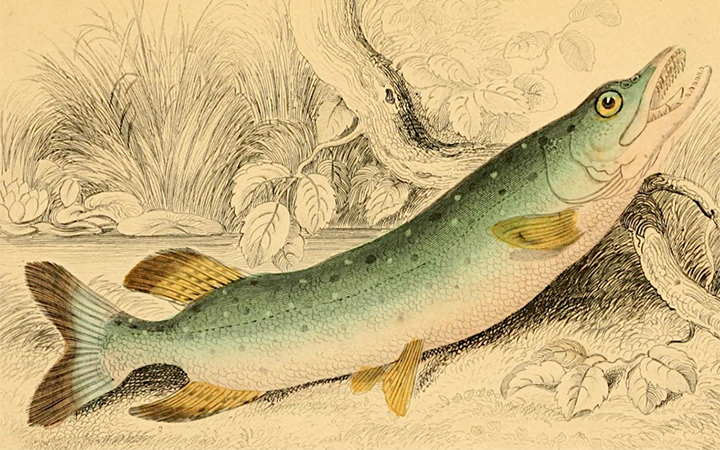
9 POINTS
Play: The Northern Pike has a MOVE of 2.
Fact: The Northern Pike gets its name from its resemblance to the pole-weapon known as the pike (from the Middle English for pointed).

Atlantic Salmon
Salmo salar

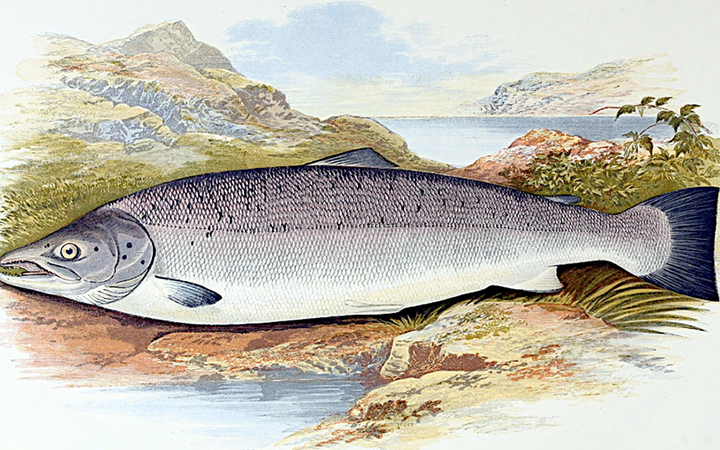
7 POINTS
Play: The Atlantic Salmon has a MOVE of 2 and can feed on ZOOPLANKTON.
Fact: Human activities (overfishing and habitat change) have heavily damaged salmon populations across their range.

Three-Spined Stickleback
Gasterosteus aculeatus
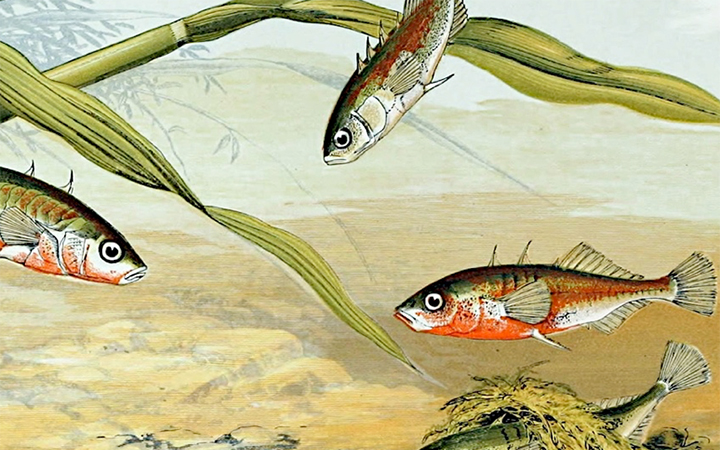
9 POINTS
Play: The Three-Spined Stickleback has a MOVE of 2 and feeds on ZOOPLANKTON.
Fact: There is evidence that shows the existence of cooperative behaviour among three-spined sticklebacks.

Yellow Iris
Iris pseudacorus

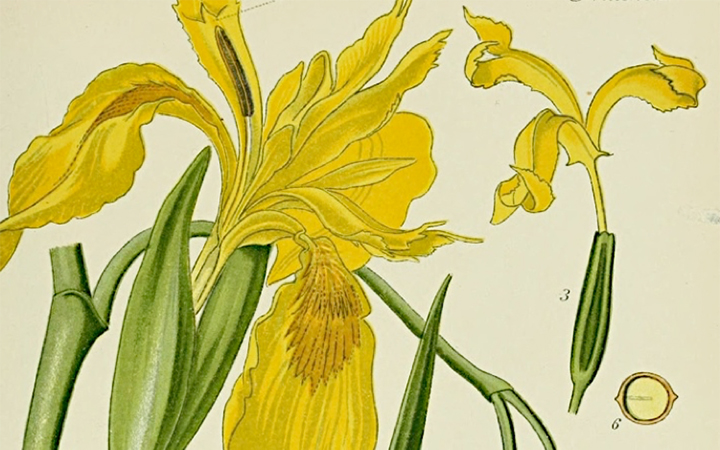
2 POINTS
Fact: This plant has been used as a form of water treatment since it has the ability to take up heavy metals through its roots.

Great Crested Newt
Triturus cristatus

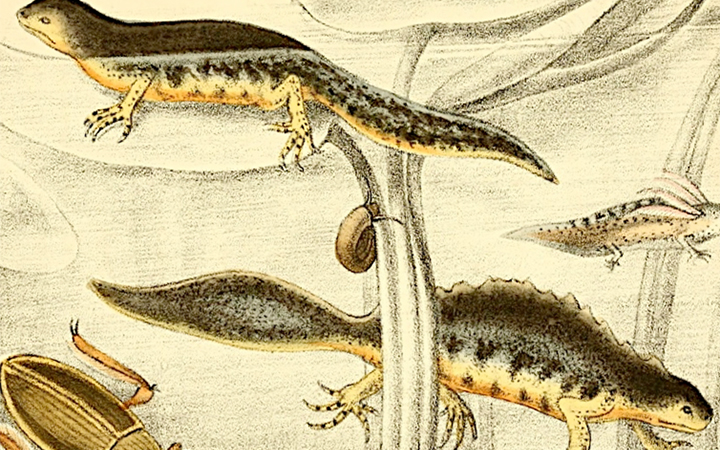
8 POINTS
Play: The Great Crested Newt has a MOVE of 2.
Fact: In England, Wales and Scotland, it is a protected species under Schedule 5 of the Wildlife and Countryside Act 1981.

Common Frog
Rana temporaria

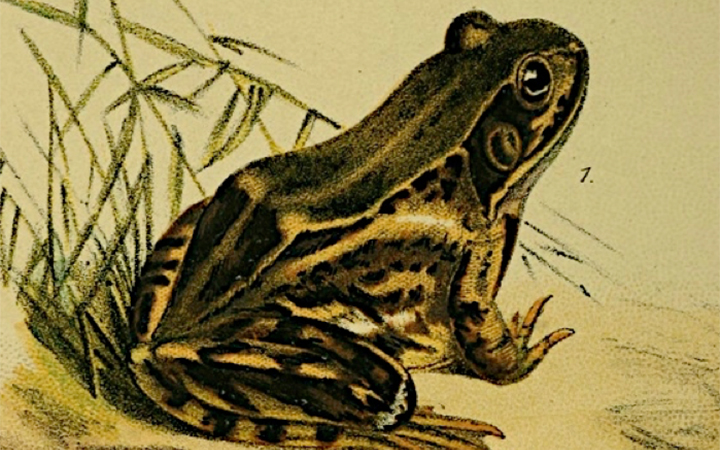
8 POINTS
Play: Common Frog has a MOVE of 2.
Fact: In some places, this frog may be trapped under ice for up to 9 months, but studies have shown that they may still be relatively active at temperatures close to freezing.